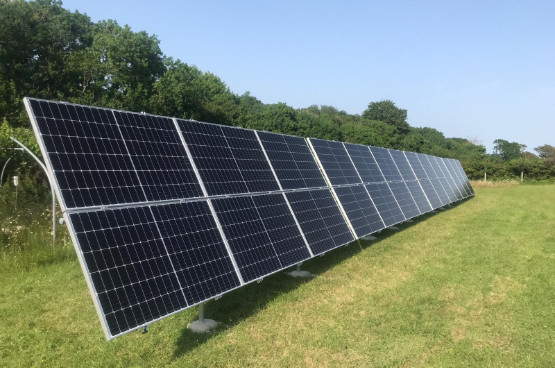It seems like the trend of rising energy costs is set to continue, with yet another price cap increase.
As we approach 2025, UK homeowners are bracing for another rise in energy costs. Starting January 1, 2025, the next energy price cap increase will take effect, marking the beginning of another year of rising energy prices. For direct debit customers, the typical annual energy bill is expected to see an average 1% increase, further contributing to the ongoing financial pressures many households are already facing.
What is the Next Price Cap?
The energy price cap is reviewed quarterly and is set to increase slightly starting in January. Here’s what the cap will be from 1st January:
- For those paying via monthly direct debit, the average annual cost for a typical dual-fuel household will increase by 1.2%, making the new average £1,738 a year.
- Households using prepayment meters will see a slightly higher increase of 1.3%, bringing their average annual cost to £1,690 per year.
- For customers paying on receipt of a bill, the cost will rise by 1.2%, averaging £1,851 per year.
New Unit Rates and Standing Charges charges from 1st January to 31st March 2025:
| Electricity | 1st October to
31st December 2024 |
1st October to
31st December 2024 |
|---|---|---|
| Unit Rate | 24.86p per kWh | 24.50p per kWh |
| Standing Charge | 60.97p per day | 60.99p per day |
The energy price cap in the UK limits the maximum amount energy suppliers can charge households for each unit of electricity and gas they consume. It is designed to ensure that prices reflect the actual costs of supplying energy, protecting consumers from excessively high charges. However, it does not cap the total bill a household can receive. Bills depend on how much energy a household uses, households with higher energy usage will pay more, even with the cap in place.
Price Cap Forecasted to Increase from April 2025
Protecting Yourself Against the Energy Price Cap
With the energy price cap continuing to rise, homeowners are seeking proactive ways to manage their energy costs and reduce their reliance on volatile market prices. While the price cap aims to shield households from excessive pricing, it doesn’t prevent bills from increasing as energy costs rise. Investing in renewable energy solutions is way homeowners can protect themselves.
Solar panels and battery storage can help homeowners combat the Energy Price Cap by reducing reliance on the grid, which is subject to fluctuating and often increasing prices. Here’s how:
- Generate Your Own Energy: Solar PV panels produce electricity directly from sunlight, allowing homeowners to generate their own power rather than buying it from the grid at capped rates.
- Store Excess Energy: Battery storage systems allow homeowners to save surplus solar energy produced during the day for use at night or during periods of low sunlight. This reduces the need to draw power from the grid. Did you know you do not need a Solar PV system to install a battery storage?
- Protect Against Rising Costs: By generating and storing their own electricity, homeowners can protect themselves from price increase under the Energy Price Cap, as they are less dependent on utility companies for their energy needs.
- Lower Bills: While the Energy Price Cap limits the maximum amount utilities can charge, homeowners with solar panels and batteries can lower their bills even further by minimising their grid consumption.

 Solar PV Contractor of the Year 2024
Solar PV Contractor of the Year 2024
